Beetroot is not only a flavoursome and nourishing food - it is also an easy and low-maintenance vegetable to grow. Click here to check your climate - this may impact when you should sow beetroot - but in a Mediterranean climate like Perth, we can grow beets all year round.
A common question is, are Beet Plants a different plant to Beetroot? They are the same plant. The plant is called a Beet (species Beta vulgaris), and the name Beetroot refers to the taproot of the Beet plant.
Health Benefits of Eating Beetroot
This deep purple root vegetable is known for it's savoury, earthy taste but did you know it's great for your health too?
Beetroot is packed with vitamins, minerals, and antioxidants. Not only can beets help lower blood pressure, improve athletic performance, reduce inflammation in the body and detoxify the liver, but they are also great for your digestive system and brain function, and may help you lose weight.
When it comes to nutritional science, beets have been shown to help your body in so many ways. The way to get the most nutritious, pesticide-free beetroot is to grown your own!
Here are our top beetroot-growing tips.
How to grow healthy beetroots!
- Like most root veggies, beets love loose soil and a neutral to slightly alkaline pH. Avoid too many nitrogen inputs (such as strong fertilisers, manure, or rich compost) as this will encourage leaf growth but produce small bulbs. Instead, prepare the soil with well-rotted compost or a light sprinkling of slow release organic fertiliser. Our organic No Frills Seaweed Tonic will give juicy bulbs, while No Frills Hydrofish promotes leaf growth.
- If you'd like to start your beetroot seedlings off in a sheltered environment before planting out in the garden, biodegradable pots are a great way to grow healthy young seedlings. Propagation pots and small newspaper pots are perfect as you can plant the whole pot and seedling into the garden when it's ready without disturbing or damaging the root system.
- Alternatively, beetroot seeds can be sown directly into the garden. Make a shallow furrow in the soil and scatter seeds in a loose line. Allow the seedlings to grow until they're 5 cm tall, then thin to a spacing of about 10 cm to give each remaining plant enough room to fully develop. You can eat the harvested seedlings as salad greens!
- You can sow your seeds at fortnightly to monthly intervals to give you a steady supply during harvest time.
- Soaking the seeds in warm water overnight before sowing can help with germination.
- Harvest your beetroots after around 10 weeks. Younger beetroots are generally sweeter and juicier, and leaving them in the ground longer may make them tougher and woodier.
- Both the root and leaves are edible so don't waste any of this delicious plant! Chop the leaves into salads or add to stews. The root can be eaten raw or cooked. Try juicing, grating into salads, roasting, boiling, or even baking into beetroot brownies.
Beetroot Pests And Diseases - Deterring Slugs And Snails
Beetroot is fairly resistant when it comes to diseases. If you come across a leaf fungus or other disease, simply remove the affected plants.
Your biggest worry may be pesky slugs and snails who want a nibble. Copper Slug Tape may be an effective deterrent if you are growing in pots or raised garden beds. Another possible deterrent is crushed eggshells sprinkled on the garden's surface - the sharp eggshell shards can make traversing the garden difficult for soft slugs and snails.
Beetroot companion plants
Beets grow well with a number of other veggies including Broccoli, Brussel Sprouts, Cabbage, Cauliflower, Kohl Rabi, Lettuce, Lovage, Marjoram, Onion, Peas, Potato, Spinach, and Silverbeet.
The only veggies you don't want near beetroot are climbing beans and tomatoes as their roots can release substances that reduce beetroot growth.

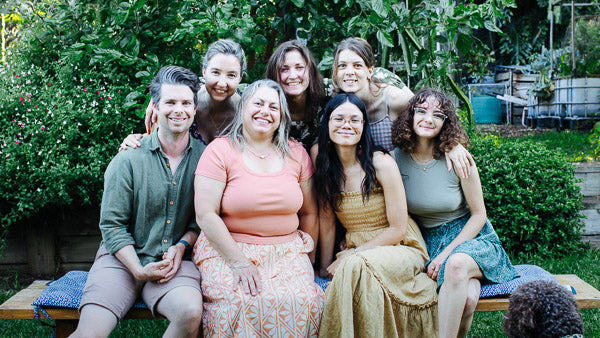
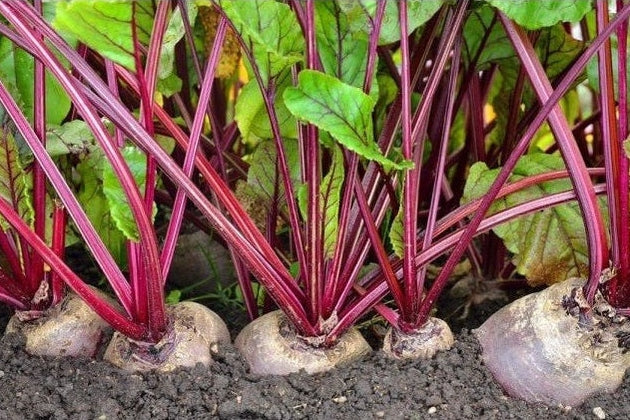
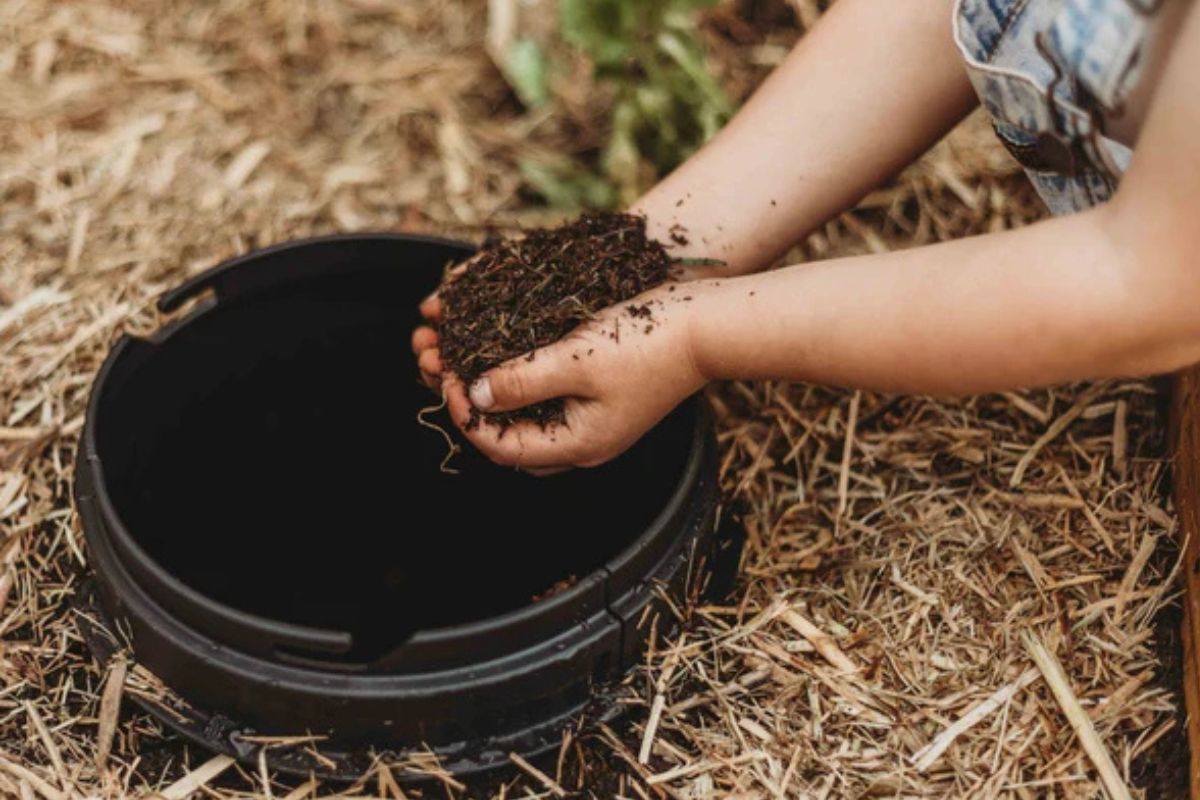
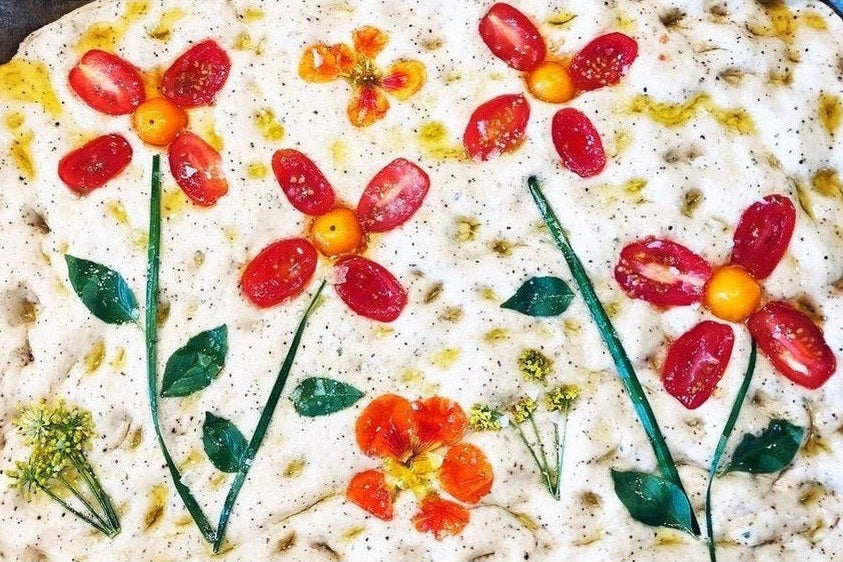
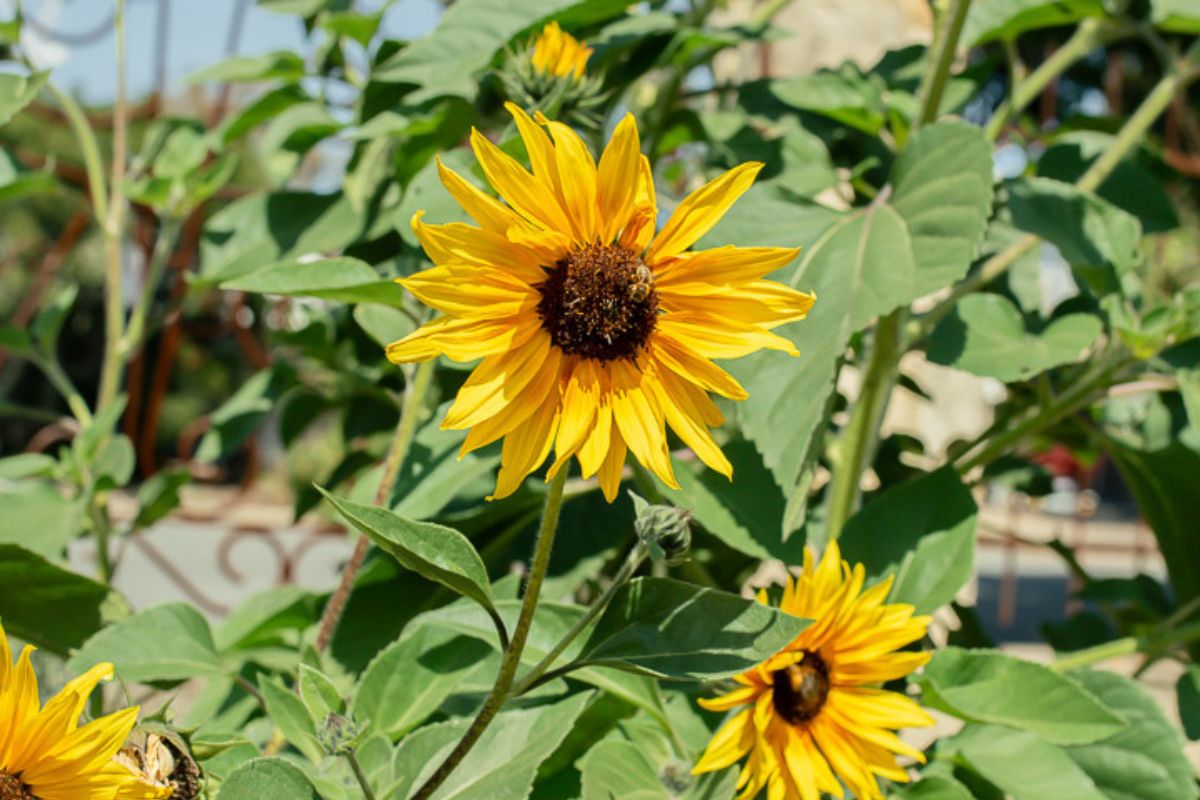
Leave a comment (all fields required)